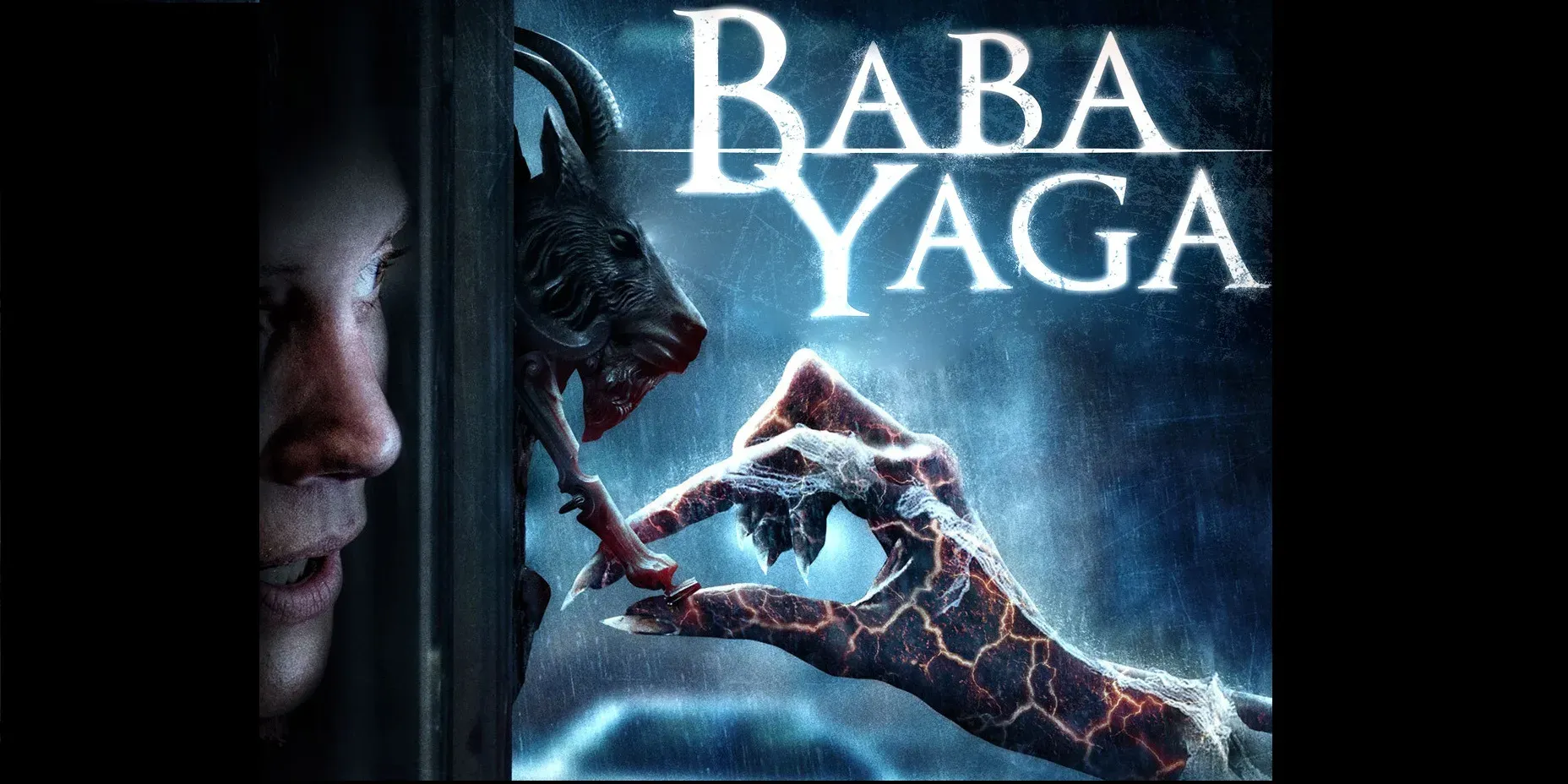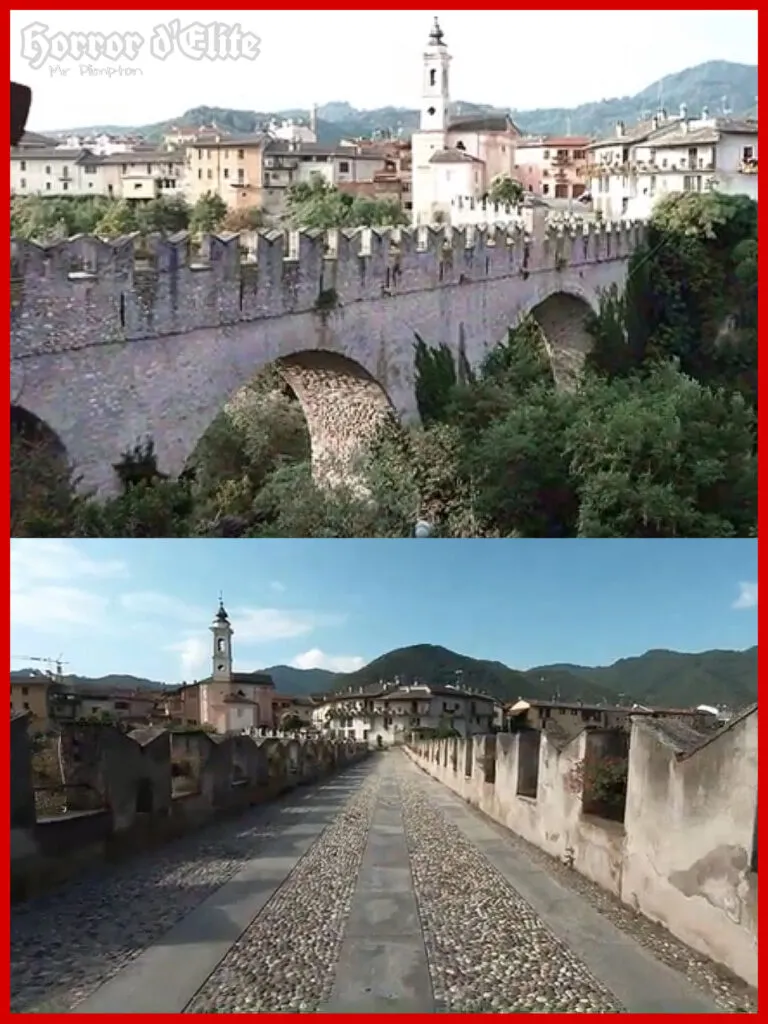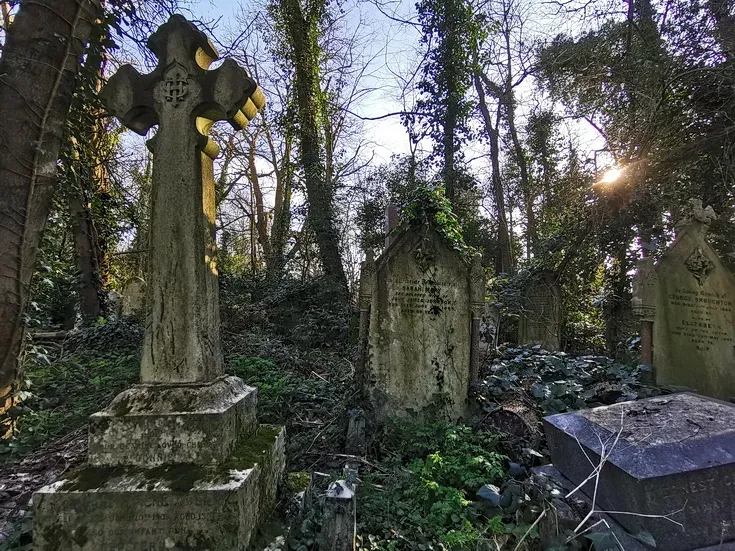The Legend of Baba Yaga
The Legend of Baba Yaga
The figure of Baba Yaga is one of the most iconic and fascinating characters in Slavic folklore, a witch who has both captivated and frightened generations with her mysterious and unsettling stories. This legendary figure is present in the folk traditions of various Eastern European cultures, including Russia, Ukraine, and Poland. Baba Yaga is much more than a mere witch; she is a symbol of ancient beliefs, fears, and ancestral wisdom that continue to influence the collective imagination.
Origins and Description:
The legend of Baba Yaga has deep roots in Slavic folklore, with variations that differ slightly depending on the region. However, some distinctive traits remain constant. Baba Yaga is generally described as an old witch with an ambiguous and dangerous nature. She is often depicted as a skeletal figure, with a repugnant appearance that reflects her connection to death and the afterlife.
A peculiar aspect of Baba Yaga is her dwelling: a house on chicken legs that can move and dance. This house is often described as an eerie place that can appear and disappear at will. The house on chicken legs symbolizes Baba Yaga’s connection to the natural and supernatural worlds, as well as her ability to evade capture and move freely between realms.
The Three Sisters:
In many versions of the legend, Baba Yaga is not a single witch but one of three sisters, all with the same name and similar powers. These three witches live in similar houses and share the same traits and behaviors. Each sister may have a slightly different personality, but all are feared and respected for their power and dark knowledge.
Baba Yaga’s Role in Folklore:
Baba Yaga is an ambivalent figure in Slavic folklore. She is not simply an evil witch; she also has positive and useful aspects. Her ambiguous nature is an essential part of her legend and reflects the tensions and fears of daily life. Baba Yaga can be both a guide and an adversary, and her behavior can vary greatly depending on the context and the actions of the protagonists in the stories.
- Child Snatcher: One of the most frightening images of Baba Yaga is that of the witch who kidnaps and eats children. This representation reflects ancient fears about the safety of the young and serves as a warning against disobedient behavior.
- Nature’s Protector: In other stories, Baba Yaga is seen as a guardian of the forests and natural resources. In this role, she can be a protective force and guide for those who respect nature and its laws. Her house on chicken legs, for example, is often seen as a symbol of her deep connection to the earth.
- Guide and Advisor: Baba Yaga can also serve as a guide or wise advisor for those brave enough to seek her help. The protagonists of the stories often have to overcome difficult tests and tasks to gain her assistance, and these trials demonstrate their worth and determination.
Rituals and Magic:
Baba Yaga is associated with various rituals and magical practices. Her magic is often described as dark and powerful, capable of influencing the natural world and human destiny. Among her powers are the ability to fly in a mortar and pestle, the manipulation of natural forces, and knowledge of ancient spells and formulas.
Cultural Significance:
Baba Yaga is much more than just a figure of fear; she is a symbol of many of the concerns and hopes of Slavic culture. Her presence in folklore reflects beliefs about death, nature, and the supernatural world. The figure of Baba Yaga offers a lens through which to examine human fears and aspirations, and her ambiguity represents the complexities of natural and spiritual forces.
- Fear and Respect for Nature: Baba Yaga’s figure reflects the respect and fear that people had for nature and its mysterious forces. Her connection to the forest and her mobile house represent the power and unpredictability of nature.
- Lessons of Morality: The stories of Baba Yaga often contain moral lessons and warnings against disobedience and lack of respect. The trials and challenges that the protagonists face serve to teach prudence and wisdom.
Modern Representations:
In recent years, Baba Yaga has continued to influence popular culture, appearing in films, books, and games. Her figure has been reinterpreted in many ways, from horror to more fantastical and adventurous interpretations. These modern representations continue to explore and reinvent the legend of Baba Yaga, keeping it alive and relevant for new generations.
Conclusion:
The legend of Baba Yaga is one of the richest and most complex in Slavic folklore. With her combination of magic, fear, and wisdom, Baba Yaga represents an enigmatic figure that fascinates and terrifies in equal measure. Her stories provide a deep insight into ancient beliefs and fears, and her influence remains strong in modern culture. The figure of Baba Yaga is not just a witch from folklore but a powerful symbol of the dark and mysterious forces that shape our world and our imagination.







